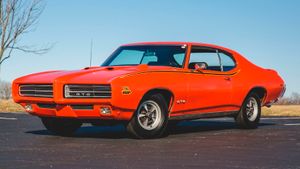It’s a really nice build, and that’s part of the problem…
A lot of people are wowed at Hellacious, a mid-engine 1968 Dodge Charger built by SpeedKore, and rightfully so. The vehicle, which stars in the new Fast and Furious movie, is a technological wonder loaded not only with a mid-engine platform but plenty of other innovations nobody had even thought of in the 1960s. There’s no doubt the revealing of this mid-engine Charger will help pack people into movie theaters, making F9 a box office hit. However, this build perfectly encapsulates everything that’s wrong with muscle cars today. Allow me to explain, but first a little aside.
Learn why the cost of used cars is surging lately here.
In the movie Jurassic Park, the mathematician Ian Malcom, played by Jeff Goldblum, when shown how InGen brought dinosaurs back from extinction simply stated, “Your scientists were so preoccupied with whether or not they could, they didn’t stop to think if they should.” As you know, the rest of the movie is a catastrophe where the monsters men created or more accurately brought back from the dead turn on them. I’m not saying SpeedKore has built a monster in that sense, but Hellacious does embody the direction muscle cars in general have been going for a while, and I fear they will only get worse.
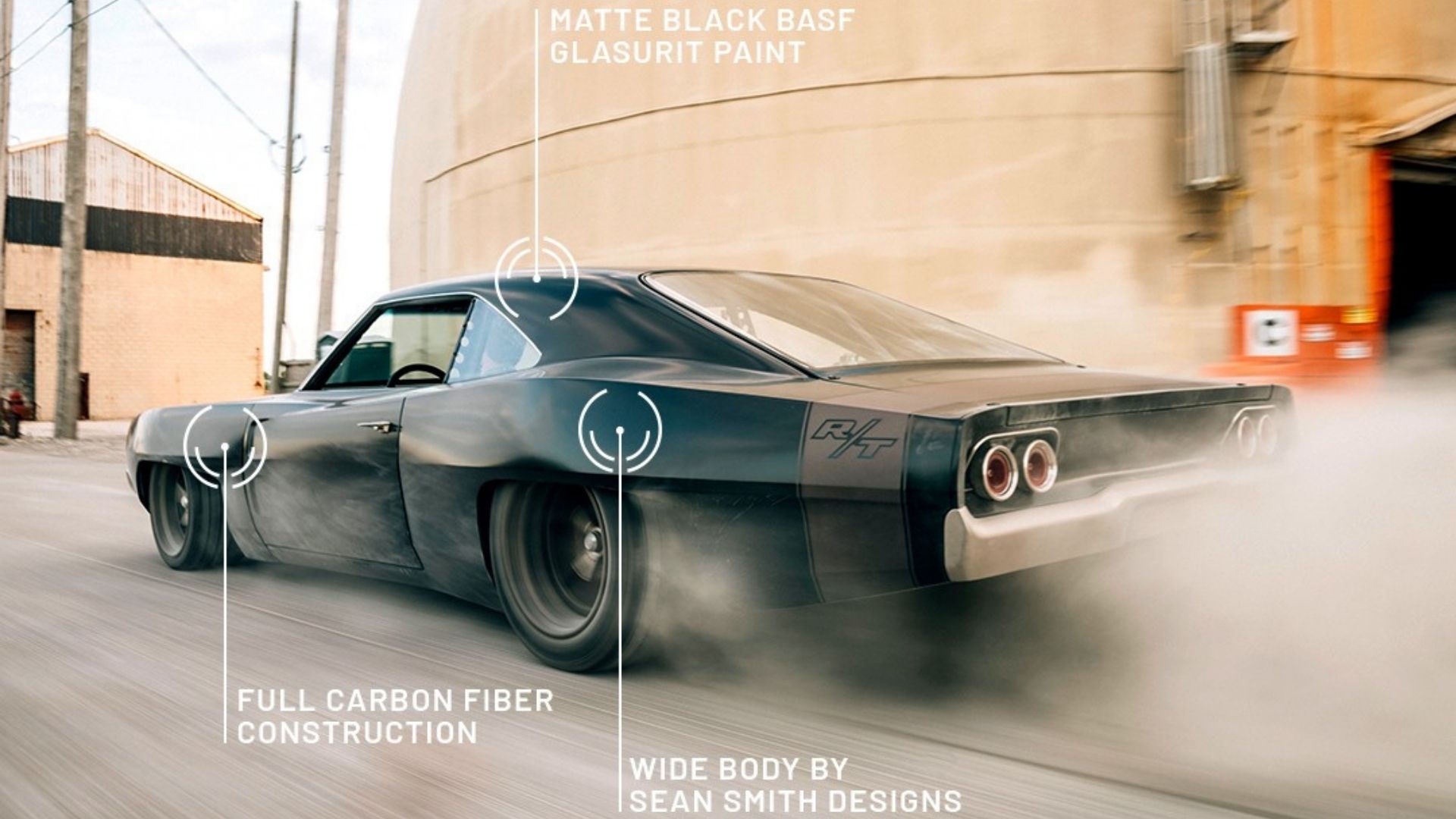
What I’m talking about, of course, is accessibility. Muscle cars were originally created as performance vehicles your average Joe who lived in a middle class neighborhood, worked at the local factory, and had 3 kids plus a wife could pretty easily afford. This was especially true of models like the Plymouth Road Runner. Sure, there were more luxurious, “gentlemen” muscle cars at the time, but those were nothing compared to what we see cropping up today.
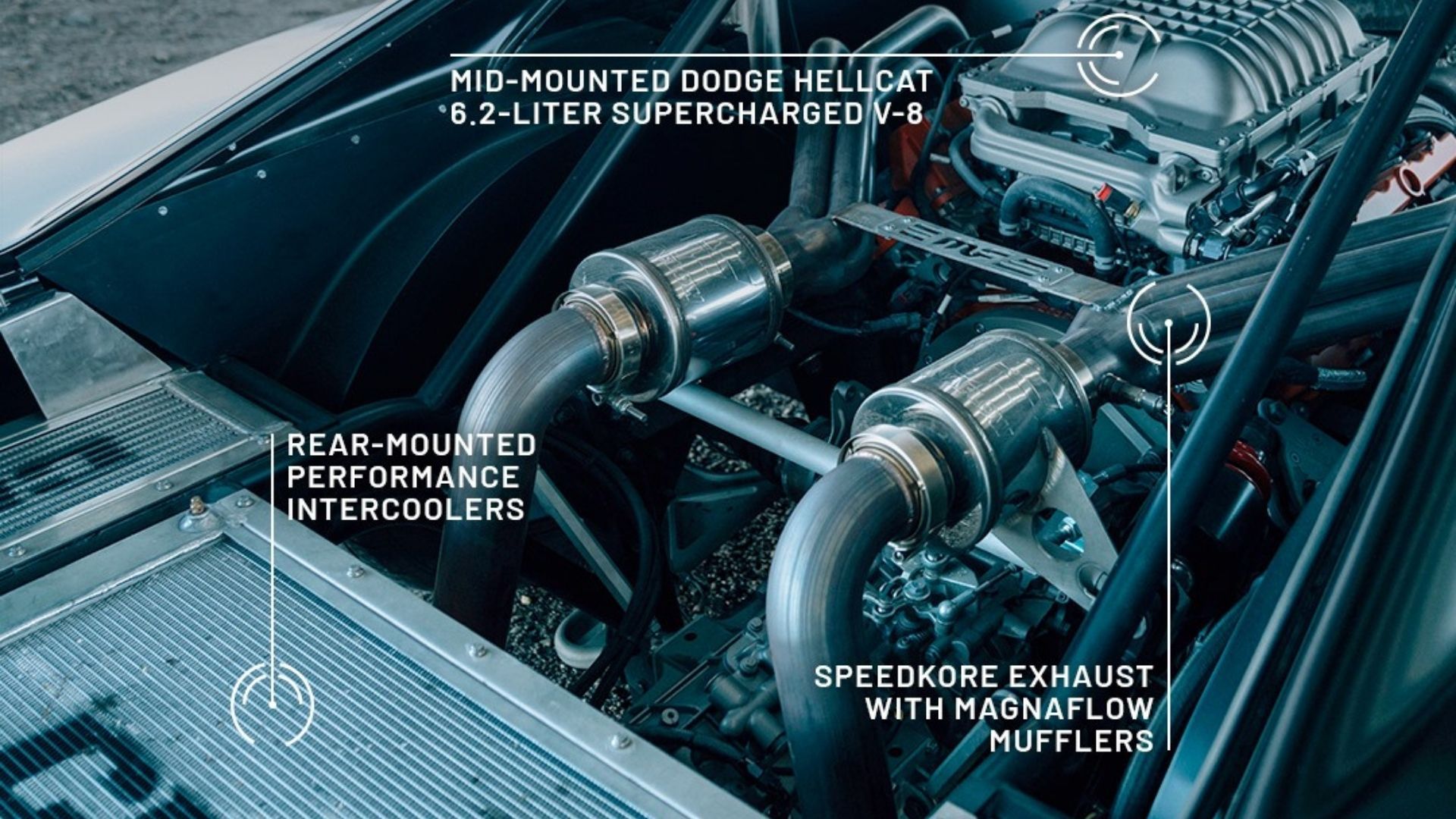
Hellacious reportedly cost $1 million to build. Sure, it’s a movie car and it’s supposed to be over-the-top; I get that. However, there’s no denying what SpeedKore did is take what originally sold for a reasonable amount and turned it into a plaything for the very wealthy. This is no longer a Dodge Charger, it’s a supercar.
Last I checked, there was no shortage of supercars on the market today. In fact, supercar sales are absolutely booming, as are sales for ultra-luxury vehicles like Bentleys. I don’t really have a problem with that. However, I do have a problem with the general trend in the muscle car market.
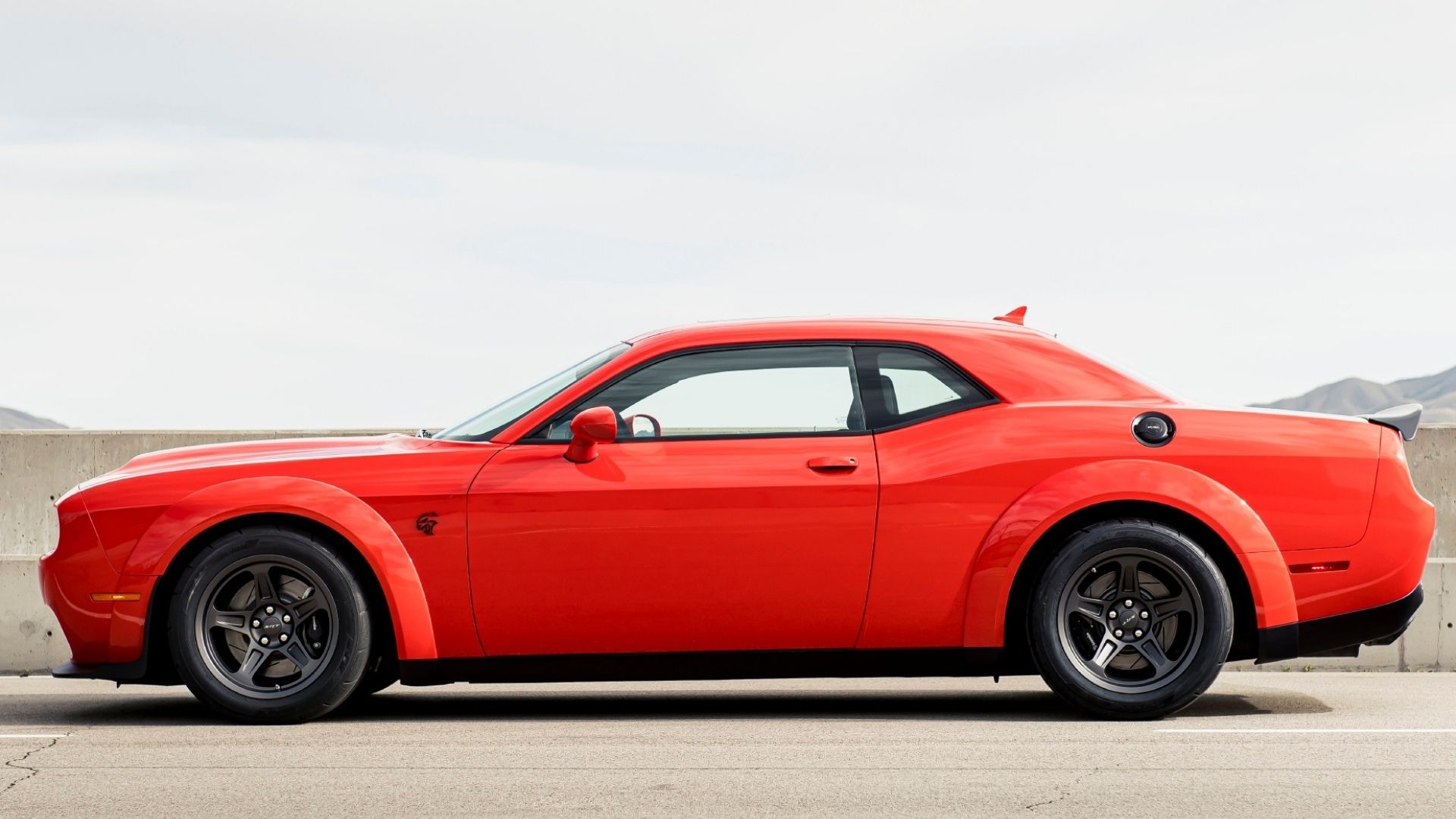
Recently, a colleague of mine shared a posting they found on social media for a 2021 Dodge Challenger SRT Super Stock. This person was shocked that MSRP for this admittedly impressive muscle car is just shy of $100,000. Base MSRP for the Super Stock is $79,595, but by the time you add options the cost balloons quickly. $100,00 is well out of the reach of your average enthusiast, and this is hardly an isolated case.
Take, for example, the 2021 Shelby GT500. Yes, the car is a technological marvel and has received high praise. However, MSRP is listed at $70,300. That’s still a lot of money, but let’s be honest, nobody is getting a new GT500 for that little. They’re all going to be at least $10,000 more if not well above $100,000. According to NADA, the original base MSRP for a 1967 Shelby GT500 was just $4,195. When adjust for inflation, that’s $33,810 in today’s dollars!
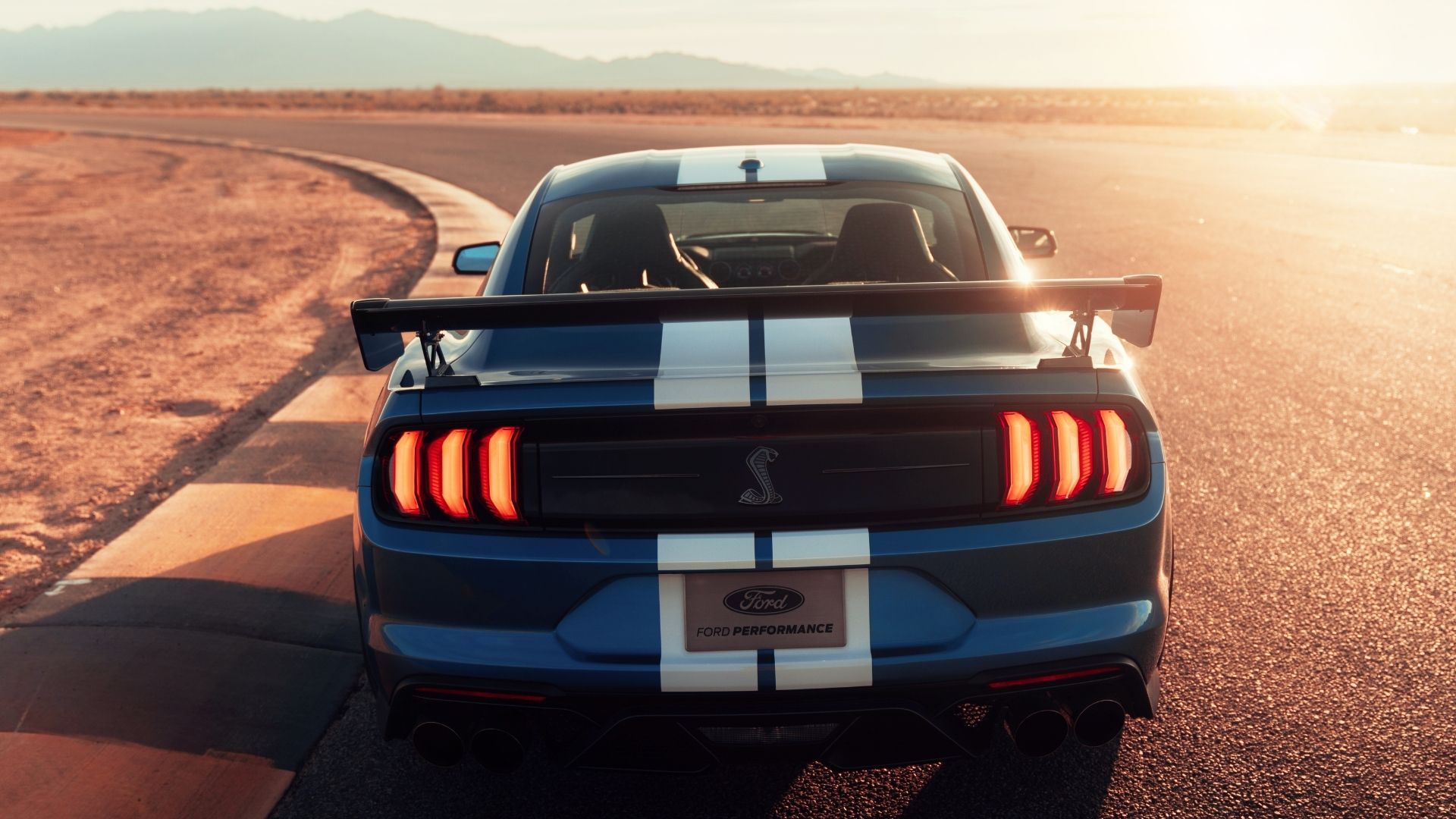
Try finding a real, V8-powered new muscle car for under $34,000 – it’s impossible. So why are they so expensive today? Part of the reason is all the fancy technologies we just absolutely need. Some of these are safety-oriented and have driven the cost of all cars up dramatically. According to a report from Bloomberg, 18% of a car's cost in 2000 was from onboard technologies. But in 2020 a whopping 40% of a car's cost was attributed to onboard electronics. That's a huge increase!
Other onboard technologies on new muscle cars are performance-oriented and basically provide training wheels for an unskilled driver. With a 1967 Shelby GT500, if you don’t know how to handle such a powerful machine you’re going to get into trouble in a hurry. With a 2021 Shelby GT500 if you don’t know how to handle such a powerful machine, the many different onboard systems will just do it for you.
Not only that, you couldn’t get a ’67 Shelby GT500 with heated leather seats and all the other luxuries we consider necessities these days. Our muscle cars have become at best luxury performance vehicles like BMWs and at worst supercars like a Ferrari F40, so why don’t we call them that? Well, for one reason it’s because the industry thinks it can push these practices forever and we'll do nothing. Yes, that’s right, they think we’re all dumb enough to go along with the ruse. Maybe they’re right? After all, automakers are still selling plenty of these luxury barges they call muscle cars for big bucks and people gladly shell out for them. Would you rather be pushing a Honda Civic?
So there you have it: SpeedKore’s Hellacious is a cool build, but it still encapsulates everything wrong with muscle cars today. Sure, it’s an extreme example, but you don’t have to look far to see what’s become of what at one time were everyman performance vehicles.





